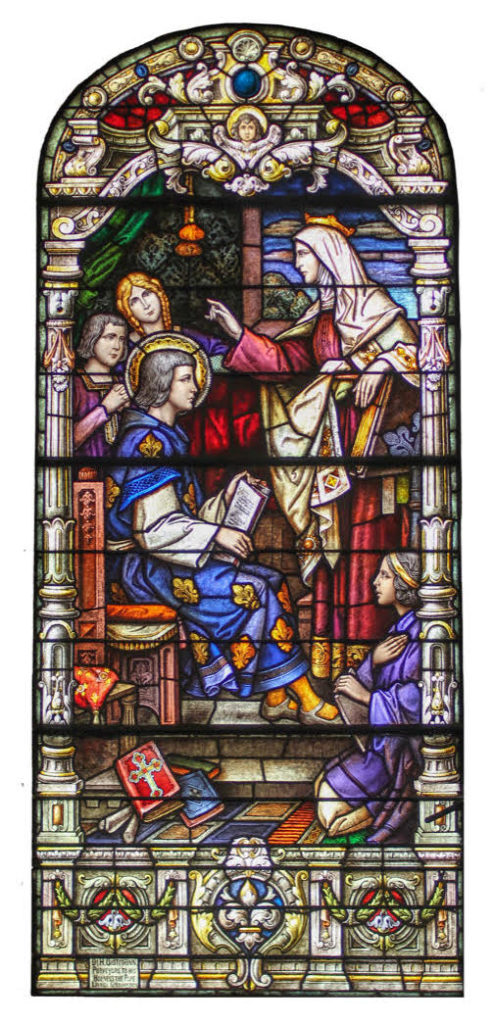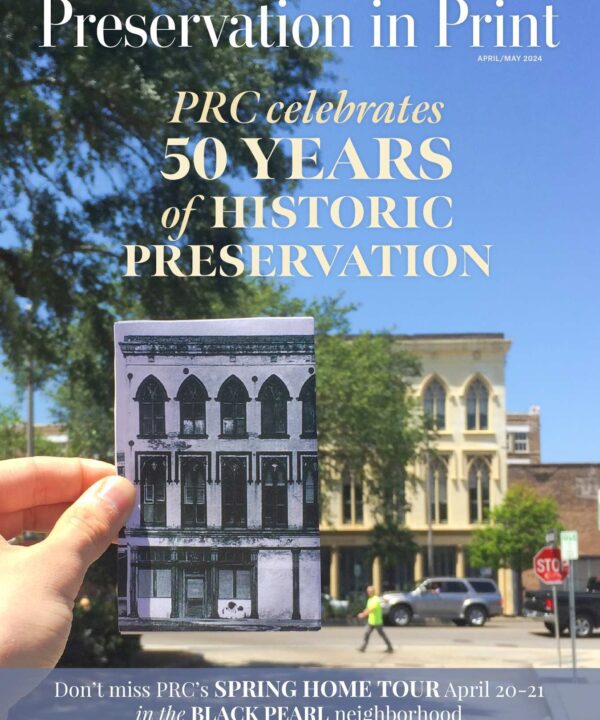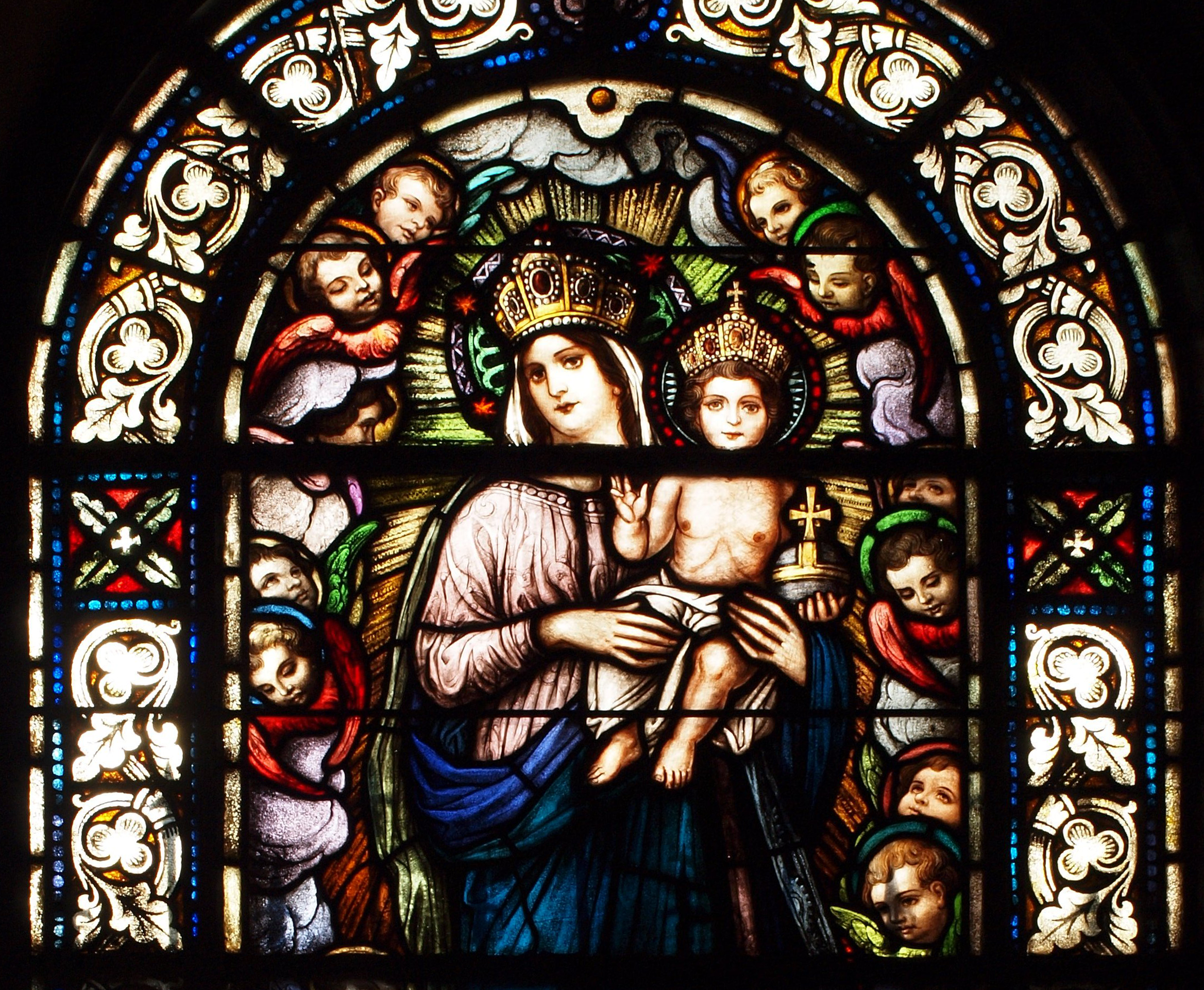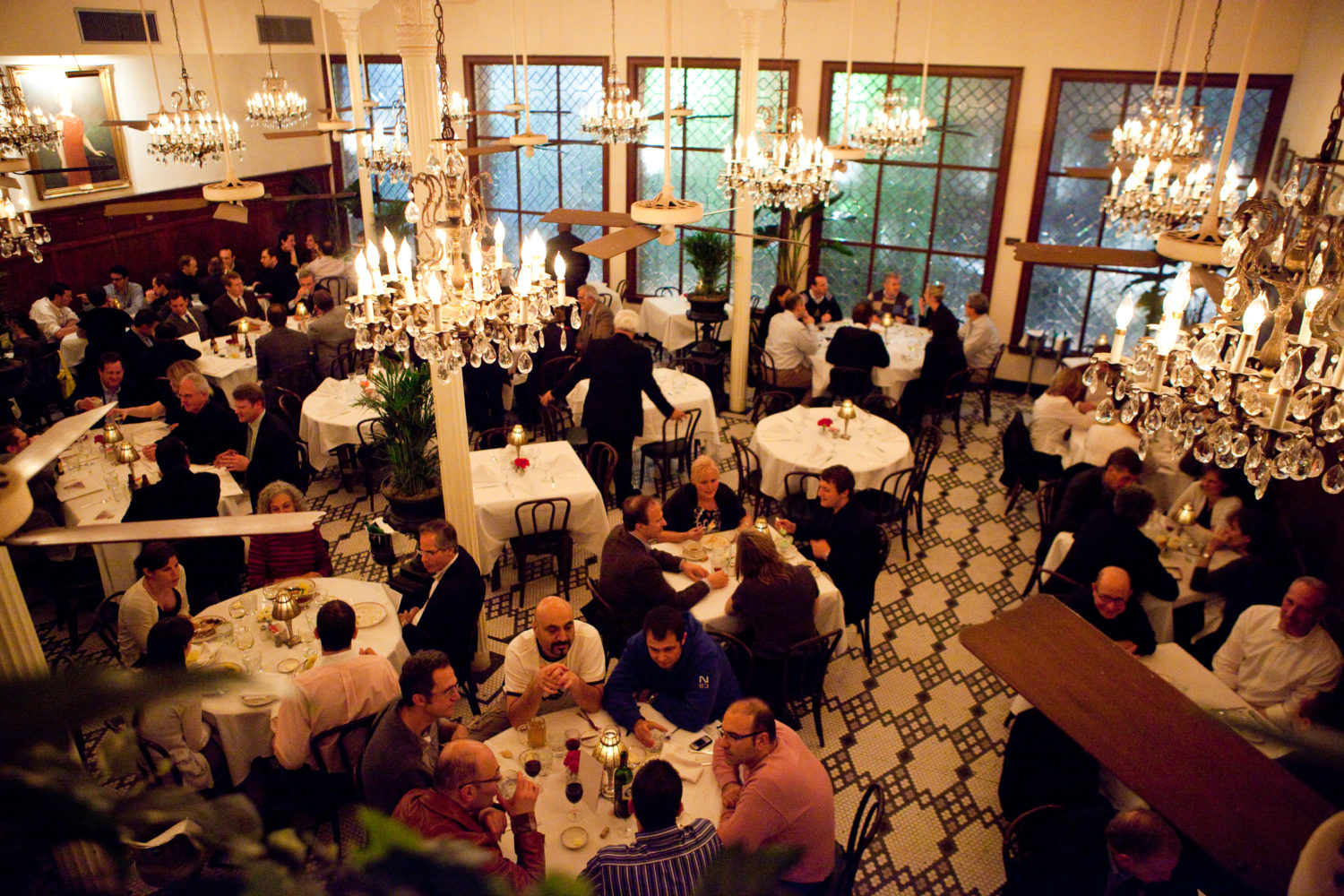 His expression is worried, maybe a little fearful. The young heir to the French throne sits in a chair wearing a thick robe embellished with golden fleurs de lis. Near him, his mother, Queen Blanche, teaches him the skills needed to rule the country.
His expression is worried, maybe a little fearful. The young heir to the French throne sits in a chair wearing a thick robe embellished with golden fleurs de lis. Near him, his mother, Queen Blanche, teaches him the skills needed to rule the country.
The image is one of 10 detailed depictions of St. Louis IX, King of France, beautifully rendered in the stained glass windows of St. Louis Cathedral. Each window tells a story of the saint’s life. Louis was just 12 when his father died. His mother would rule as regent until he turned 21 and assumed the throne. The first window on the left side of the church, closest to the altar, captures that thoughtful moment between mother and child.
To celebrate the New Orleans Tricentennial, the Preservation Resource Center’s next Stained Glass Art in Sacred Places tour will feature three churches that have played important roles in the history of the city: St. Louis Cathedral, St. Augustine Church and Our Lady of Guadalupe Church. The tour is set for Oct. 28.
New Orleans’ early French settlers dutifully celebrated Mass in a series of temporary sites, including what one Jesuit priest described as “half a makeshift warehouse.” In 1721 — just three years after Bienville and his companions built shacks to establish his new town — Adrien De Pauger designated a church site in the first formal plan for the city.
Not until 1727, though, was the sturdy building designed by De Pauger finally completed and named for St. Louis. Just 61 years later, the raging fire of 1788 leveled it completely. Its successor, financed in great part by the ambitious Andrės Almonester y Roxas, was dedicated six years later.
Though the church we see today dates to a major expansion in 1851, Pope Paul VI cited 1794 as the founding date in his 1964 designation of St. Louis Cathedral as a minor basilica.
The cathedral’s stained glass windows date to 1929 and were beautifully executed by the Oidtmann Studio of Linnich, Germany.
The oldest church building in the city, Our Lady of Guadalupe dates to 1826. Rather than housing a parish of the faithful, it was established as the mortuary chapel for those about to be interred in the cemetery north of the city ramparts. Over the years, it served Confederate veterans, the Italian community and the homeless.
Now a parish, it also includes a shrine to St. Jude and is the official chapel of the city’s police and firefighters.
The detailed Bavarian-style windows, by an unknown studio, emphasize Mary in her many apparitions, such as Our Lady of Guadalupe, and probably date to the 1920s, when the Oblates of Mary Immaculate took over.
St. Augustine celebrates the diversity that has always characterized New Orleans. Established in 1842 in response to a petition from the city’s free people of color, the church sits atop a 1720s-era plantation founded by the Company of the Indies. Its early congregants included free people of color, slaves and whites.
J.N.B. De Pouilly, the architect of St. Augustine, also designed the 1851 version of St. Louis Cathedral. A fire in the 1920s led to major changes to St. Augustine’s exterior, as well as the installation of windows by the Emil Frei Studio. These portray saints with historic or mythical connections to France, arranged with men on one side and women on the other.
On Oct. 28, the Stained Glass Tour will depart from the Preservation Resource Center, 923 Tchoupitoulas St, at 2 p.m. sharp and will end with a reception, also at the PRC. Seating is limited, advance registration required. Get your tickets today!
Advertisements








